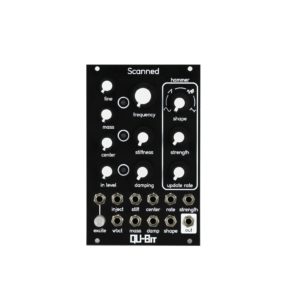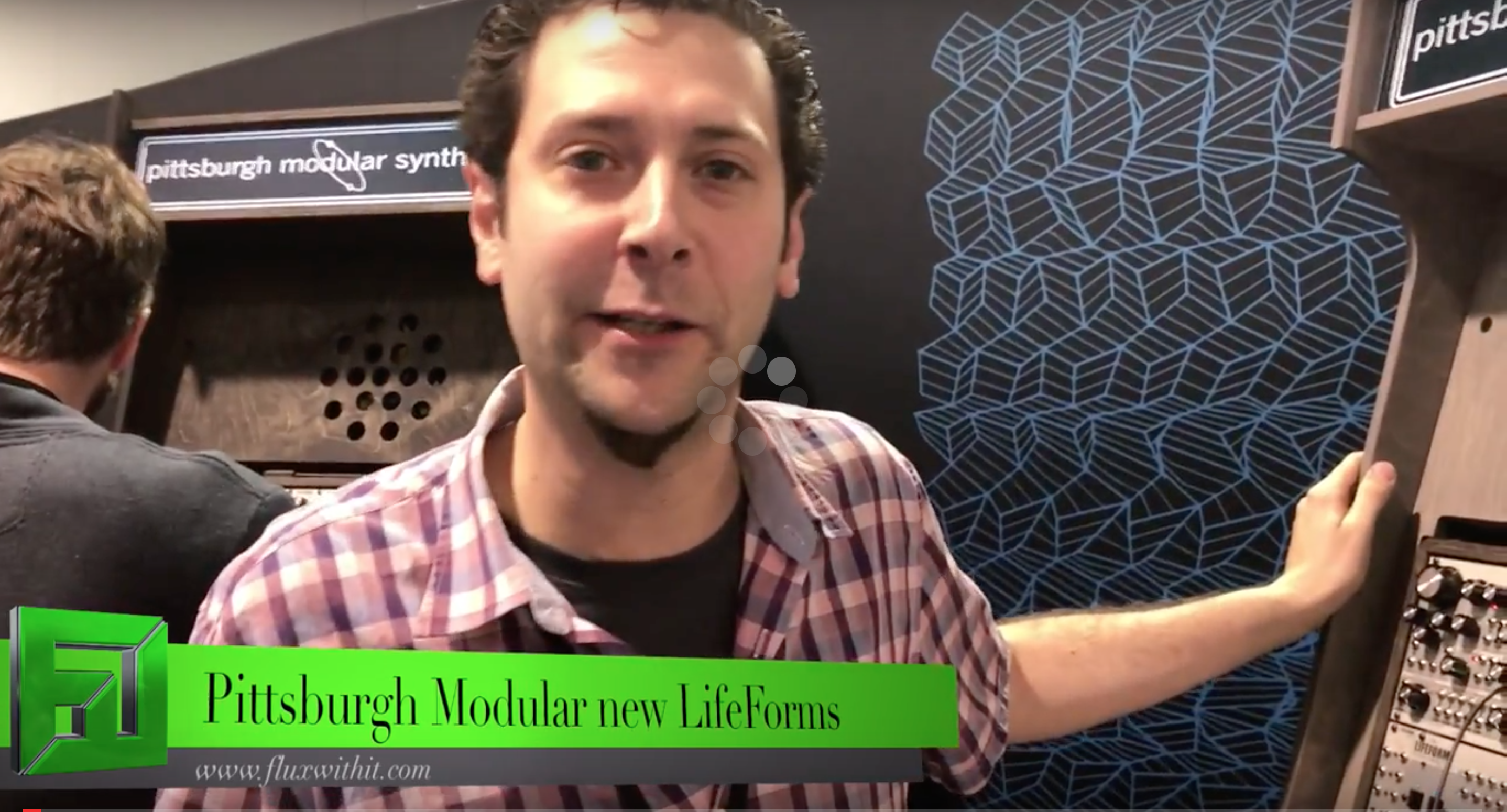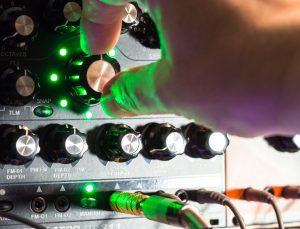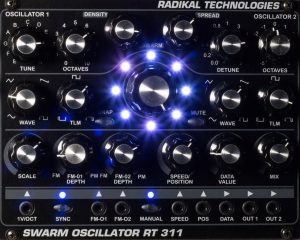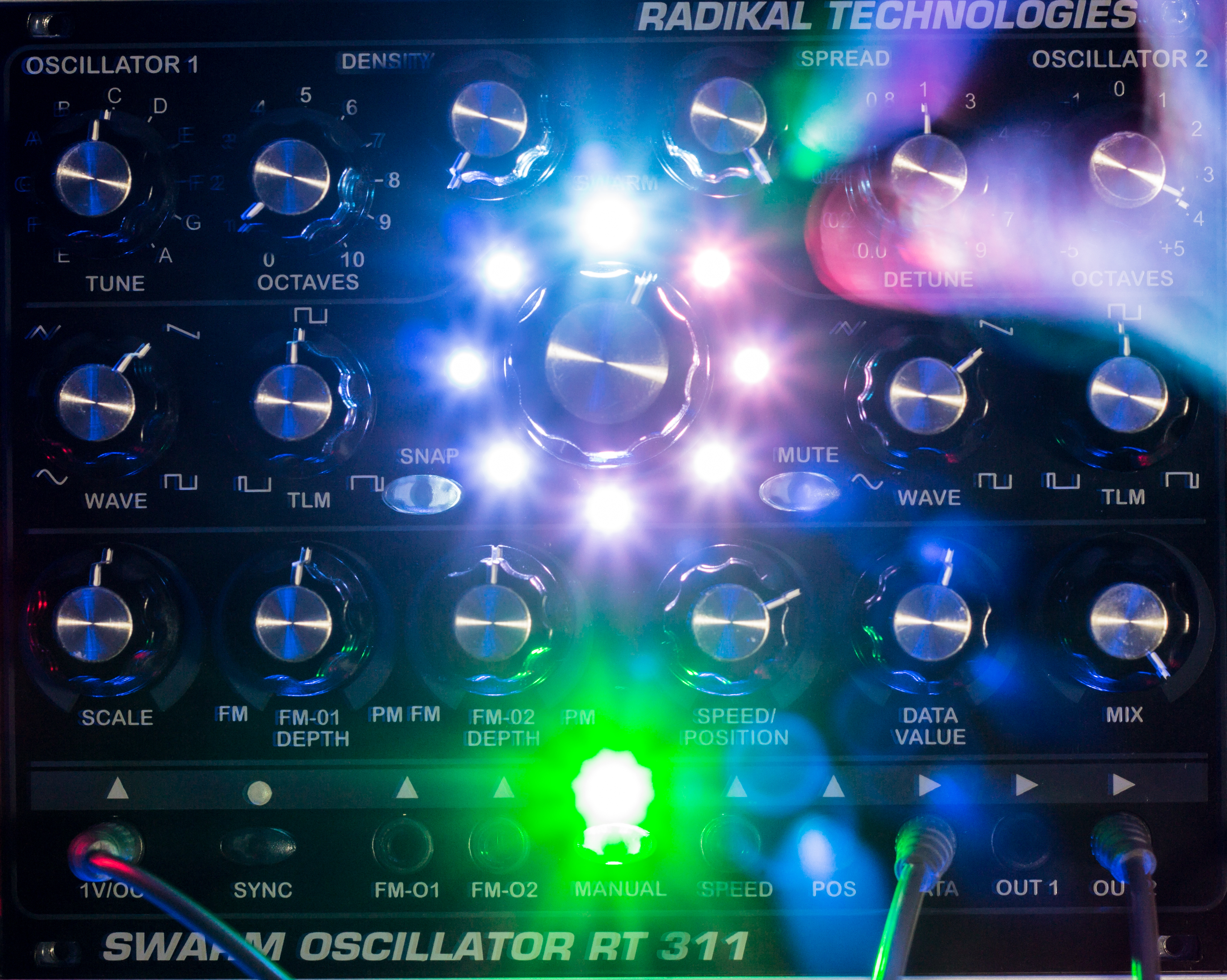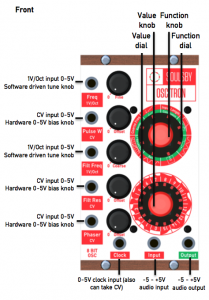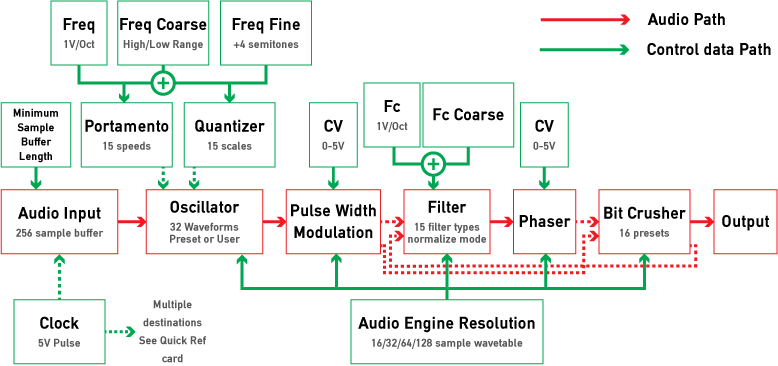
| Erica Synths Announces Three New Eurorack Modules and Graphic VCO Firmware Update |
| Pico LFO/S&H, Pico Mixer and PSU Input Module now shipping; New Graphic VCO firmware update features ‘drum’ mode’Riga, Latvia, July 8, 2019 — Erica Synths announces three new Eurorack modules, available immediately. The new modules include two Pico units — an LFO/S&H and Mixer — as well as a new power supply unit (PSU) input module. Additionally, the company announced a firmware update to its Graphic VCO, which adds significant new features requested by customers and also includes minor bug fixes. Pico LFO/S&H Pico LFO/S&H is full analogue modulations source — including both LFO and Sample and Hold — providing a new dimension of controlled randomness to your modular setup in a small package. Pico LFO/S&HFeatures of the Pico LFO/S&H include: Full analogue circuitLFO with triangle and square wave outputsHighly stable S&H circuit based on AS1100CK2 ICInput and output protection against over-voltageProtection against reverse PSU connection Pico MixerPico Mixer Meantime, Pico Mixer is simple 3 channel DC coupled mixer intended to mix audio signals and CV signals in order to obtain more complex modulations. The unit may also serve as a CV and audio attenuator. The Pico Mixer Features:3 inputsDiode protection against over-voltagePSU Input ModulePSU Input Module If you would like to use rack ears to mount an Erica Synths 84HP enclosure in a studio rack, you may want to access the PSU connection from the front of the case rather than the top side. Then the 4HP PSU connection module is a solution for this.Recommended retail pricing for each new module is as follows: Pico LFO S&H – 80 EUR (VAT excl.)Pico Mixer – 50 EUR (VAT excl.)PSU Input Module – 15 EUR (VAT excl.)Graphic VCO firmware 1.1New Graphic VCO firmware update Erica Synths also announces the Graphic VCO firmware 1.1, available by following simple steps here and using the Erica Synths firmware updater app. By updating the firmware, users will be able to access the following new features and upgrades: DRUM mode (allows to use GVCO as a drum voice)Fine tuningCalibrationMinor bug fixes |







